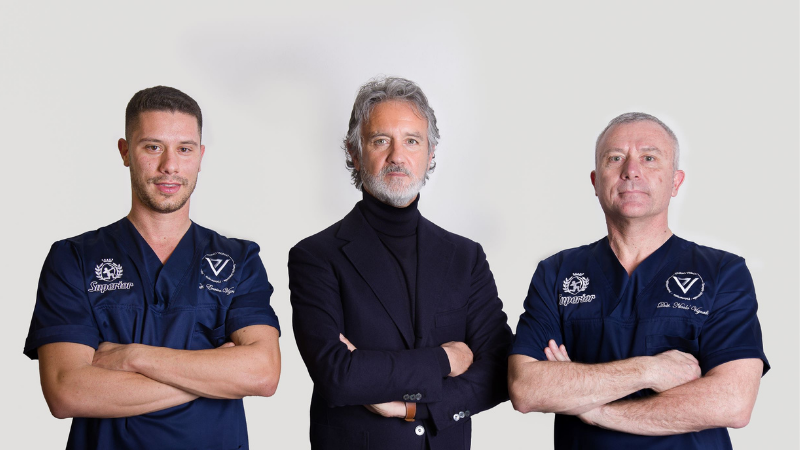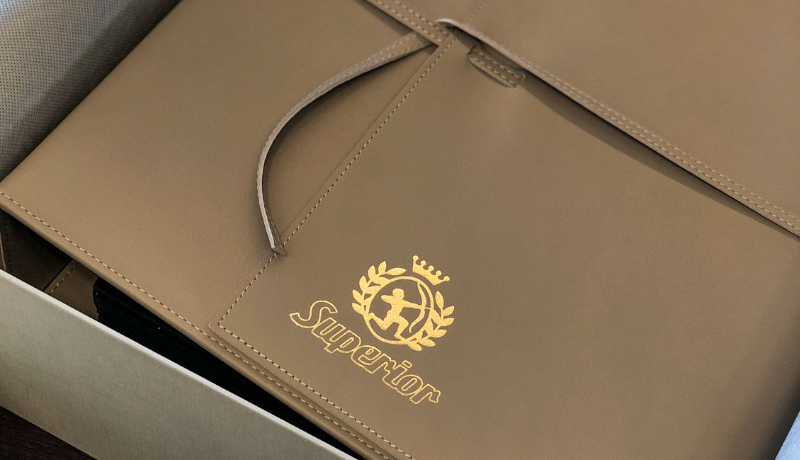The Tannery Superior has been committed for years to a more ecological and sustainable production. The head of the management systems Carlo Trentin explains what this means and what are the concrete innovations towards which the company is aiming.
Carlo Trentin is responsible for the integrated management systems for the Superior Tannery. He is therefore responsible for ensuring the quality, ethics and traceability of production, starting from the relevant regulations. An essential figure for a tannery that has decided to make of sustainability its pillar guideline, as he himself says: “Keeping the certifications obtained means maintaining a whole mentality, a structure and an organization.”
Here, he tells us something more about what it means promoting an environmentally friendly process, but above all which are the steps forward taken by Superior, thanks also to two important research projects conducted by the Scuola Normale Superiore of Pisa.
Mr Trentin, what does ecological leather exactly mean?
I don’t really like this term: the skin is something in itself ecological. If left in a landfill, it would be heaven for harmful bacteria being actually more polluting than when treated as we treat it. It is an organic material, therefore, the tannery is actually recovering a waste material. In this way the leather can be controlled, controllable and improvable. It is the manufacturing process that can be more or less ecological.
Are tanneries today required to promote an eco-sustainable process?
There is a European regulation, the RICE 2001, which has imposed on the supply chain to reduce dangerous and carcinogenic products. All tanneries had to start using chemical products with few polluting products: this is not always possible, so the whole supply chain must adapt. Today we hear many definitions: “without chrome”, “metal free” … the market accepts them as tags for something more sustainable. We focus on a process that reduces the use of energy and chemicals, without clinging to these fake definitions.
So, in practice, what does Superior do to make its process more ecological?
The products we use have all the safety data sheets to verify that the chemical part is below the percentage allowed by law, and we are able to carry out accurate chemical analysis. As far as traceability is concerned, we are able to trace back to a reasonable percentage of certainty to the place of origin of our hides. Finally, we are able to establish how much CO2 is released in the atmosphere to manufacture our products, thanks to the carbon foot print. Only with these values can companies be compared, and we have the lowest values among those who have made and published their measurements. The software that processes this data is certified by third parties and used all over the world: to talk about an ecological process, this is the most correct reference point.
Finally, Superior has commissioned a research study at the Scuola Normale Superiore di Pisa on sustainability. What will it concern and how will be applied?
In the Santa Croce tannery industry, Superior invests on eco-sustainability of production. The Scuola Normale Superiore conducted two types of research, one on the drum “wet” phase and one on the refined product. The studies on the wet phase have the aim of optimising the absorption capacity of the skin, so to reduce processing times, energy consumption and chemical products even further. In this case, we would have both an economic advantage and a good ecological result. The studies on the refined product, however, aim to develop an organic product, based on cellulose, which takes the hides to reach good technical characteristics by drastically reducing the use of chemicals in favour of an all-natural product. Here the advantage would be above all ecological. Progress is being made and these technological changes will increasingly affect leather production, giving concrete results.



